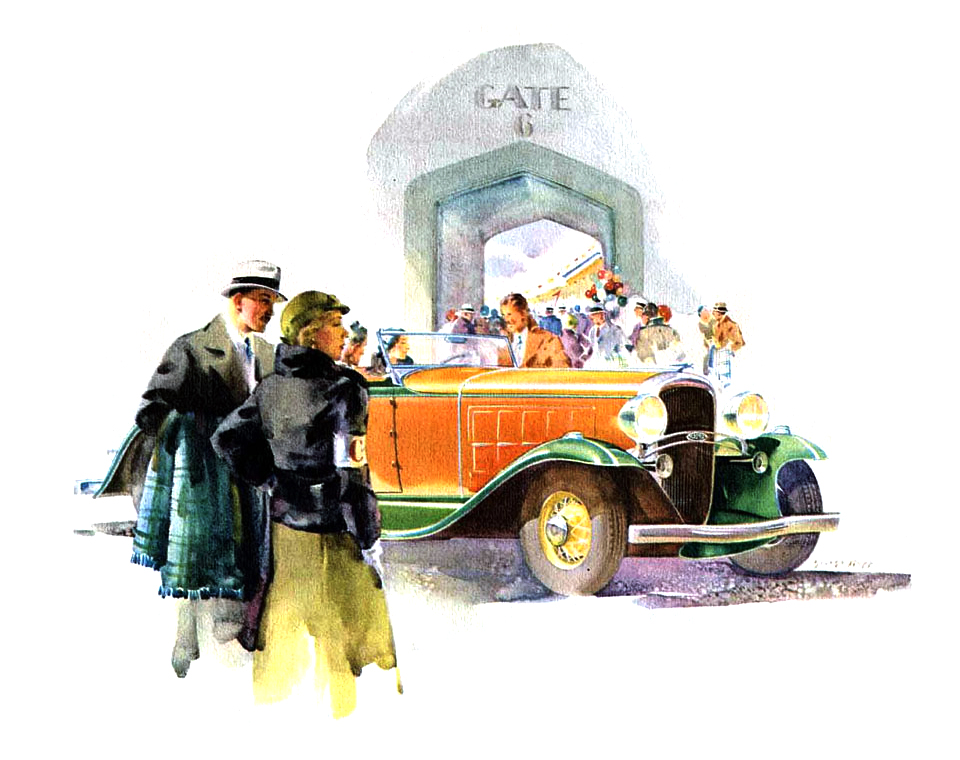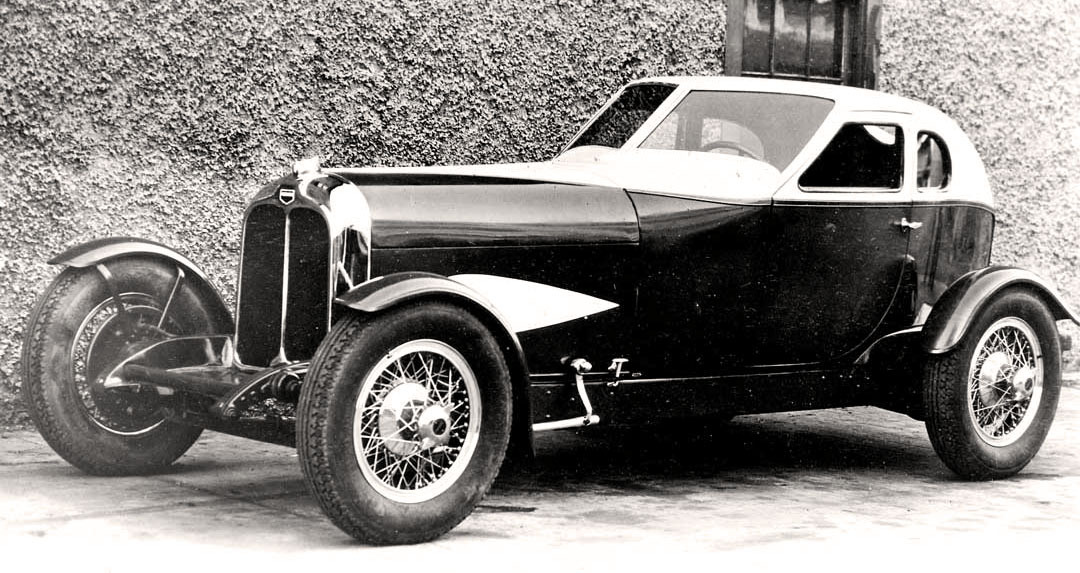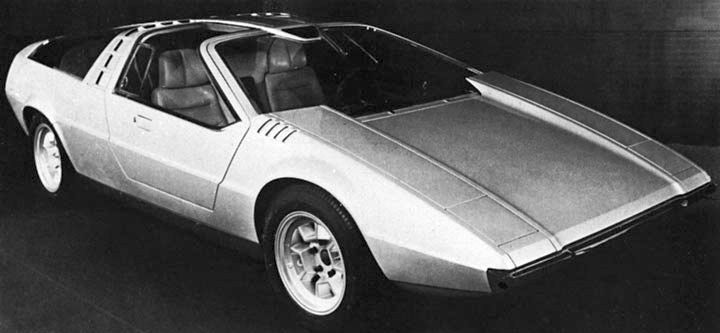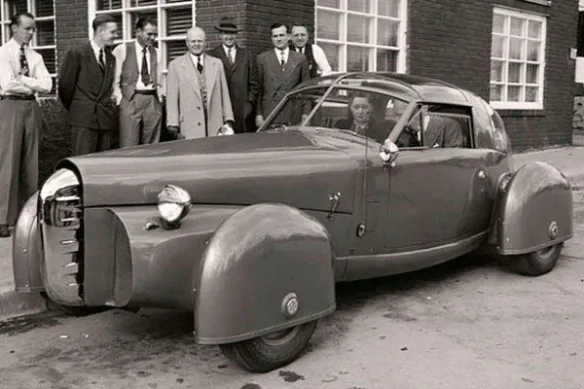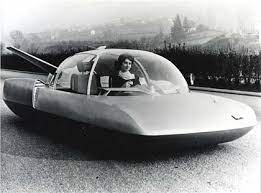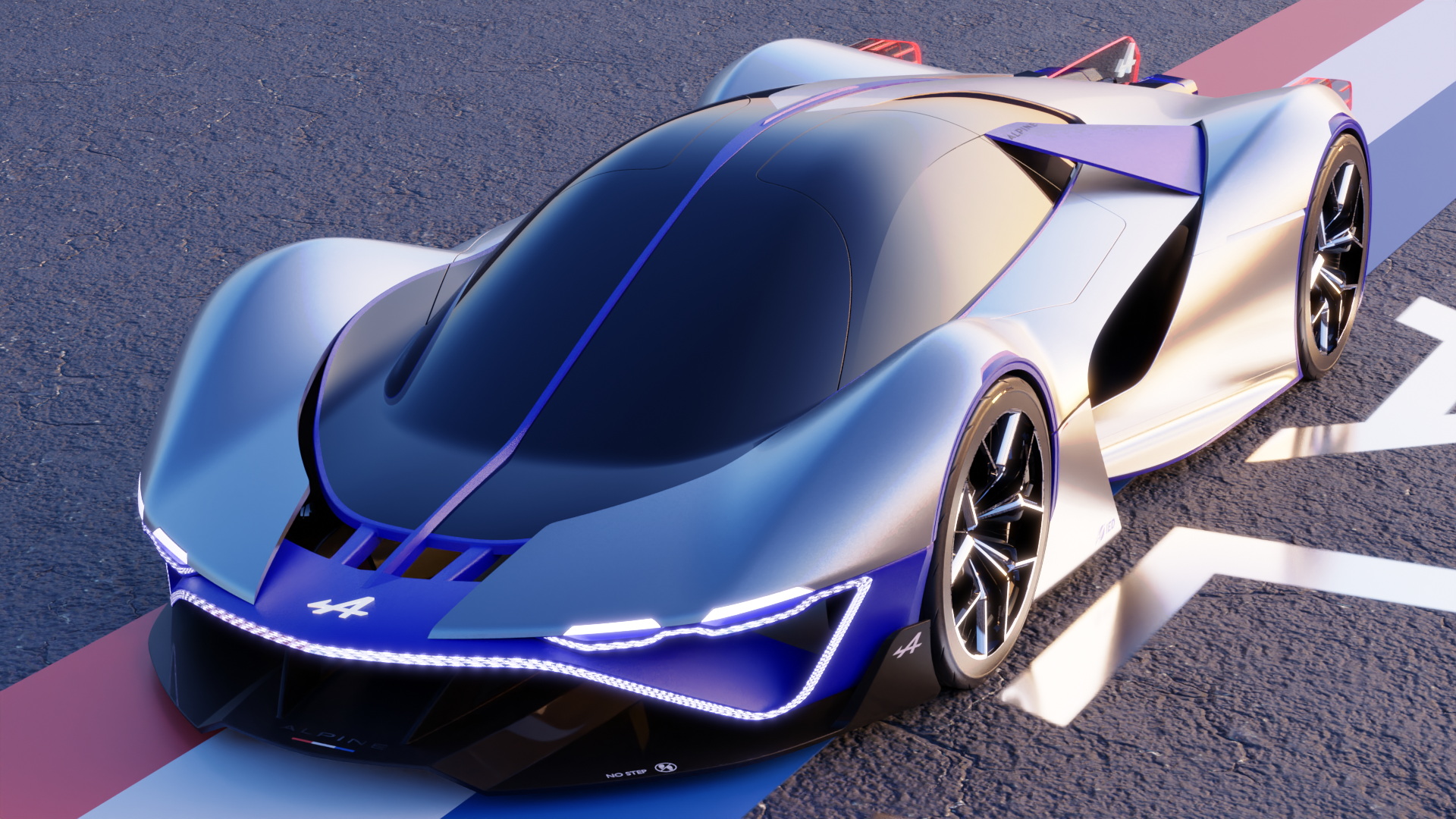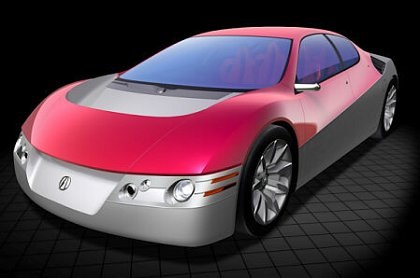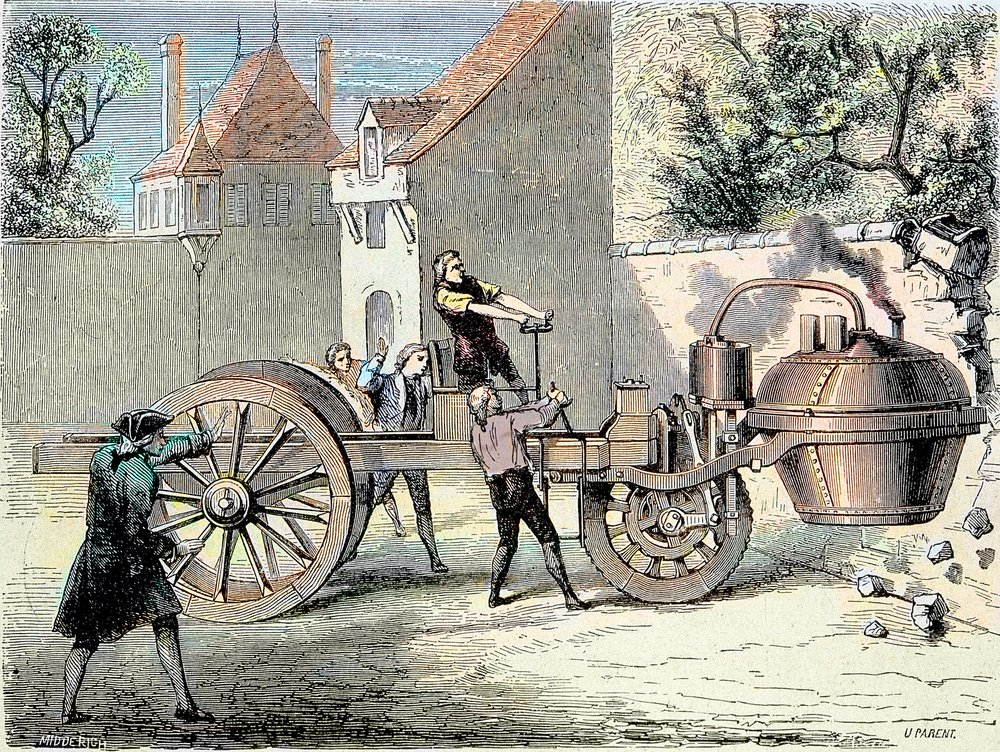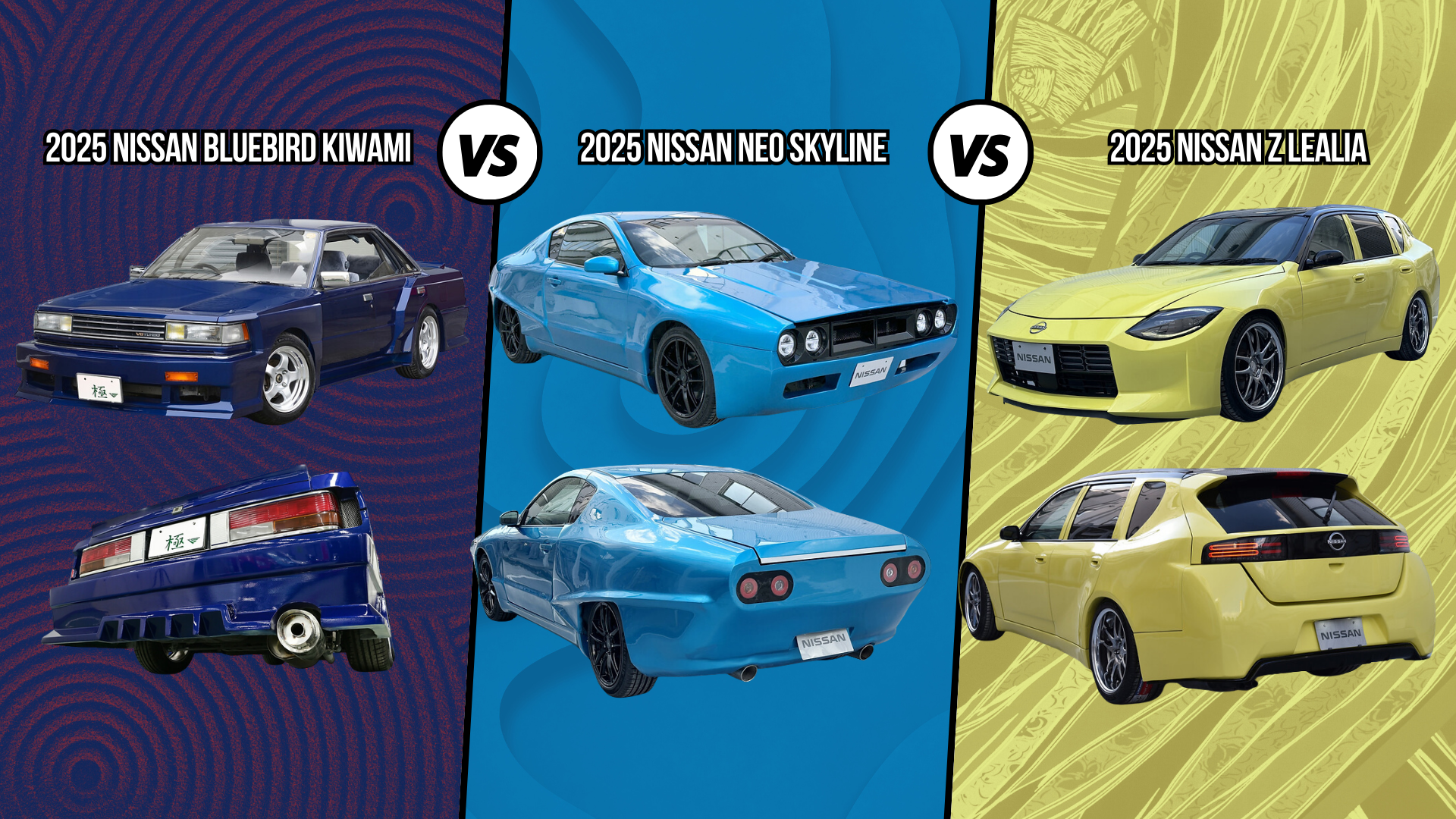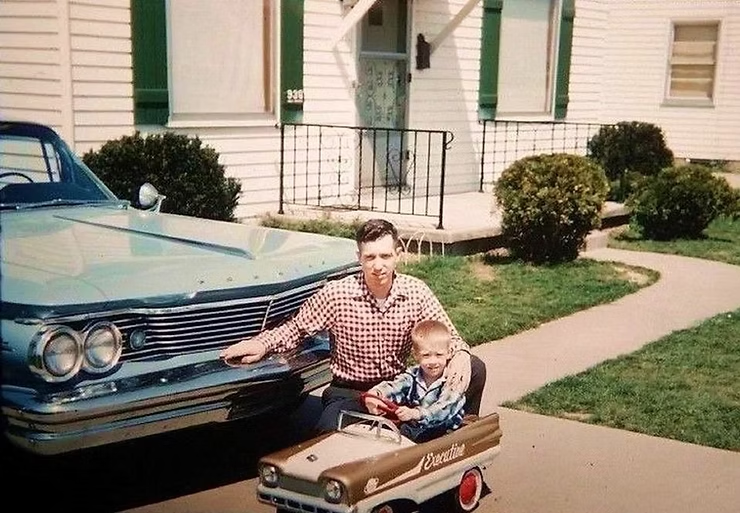1995 Opel Maxx by Bertone
- Story Cars
- Jan 31
- 2 min read
The 1995 Opel Maxx by Bertone was a bold and innovative mini car prototype unveiled at the Geneva Motor Show in 1995. Designed by Bertone, the Maxx featured an unconventional design and a unique construction approach that set it apart from typical cars of the era.
Key Features:
Aluminium Spaceframe Structure: Instead of a traditional steel body, the Opel Maxx utilized a light alloy structure made from extruded aluminum profiles, creating a sturdy yet lightweight "cage". This structure was not only strong but also flexible, allowing for a range of potential configurations.
Removable Panels and Windows: A standout feature was the removable panels and windows. These elements could be taken off, allowing the car to open up, offering a transformable, customizable experience. This design was ahead of its time, promoting versatility in a mini car.
Flexible Design: The flexible design of the aluminium framework meant the Maxx could be adapted to different configurations. While the prototype was shown as a two-door, two-seat car, the same frame could be used to create a four-door extended version with up to six seats, making it a modular platform adaptable to various needs.
Focus on Versatility: The Opel Maxx was conceived as a mini car with a high degree of adaptability. It was a prototype that explored how a compact vehicle could be tailored to meet different consumer preferences, from a simple urban car to a more spacious family vehicle.
The Opel Maxx represented a forward-thinking approach to design, anticipating modularity and flexibility in vehicle architecture—ideas that would later become more common in the automotive world. Though the Maxx did not make it into production, it remains an interesting exploration of the future of compact cars.












































